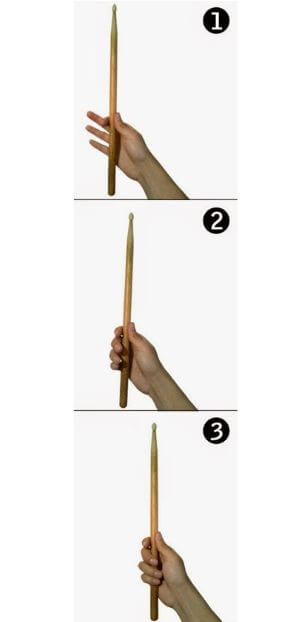Box and drum technique.
Then you can know some of the technical elements to perceive your drum or box redoubling. You can find kind of times, rhythmic figures and their equivalences.
When we talk about how to perceive the drum we find two types of hitting the Tap and the Full. The full time is that strong blow, so, it will start and end on top of the drum. We can do it by raising the drumstick through the bounce and we will turn the wrist at the beginning and at the end of this time. On the other hand, we have the Tap time that that loose blow. In this touch, the drumstick will be close to the drum.
Always when we perform once, we are already preparing the next time.
Rhythmic figures and their equivalences.
When we talk about rhythmic figures we talk about white, black, eighth, half-eighth, silence among others.
We will start with the black figure, it is the one that maintains the pulsation or rhythm. This is worth a while. A clear example is the rhythm we set with our feet when we walk.
For another band we have white, in this figure it is equivalent to two times. This means that we will chop once every two times.
The eighth note equals part time. This means that each black or pulsation we will sting twice in that space of time.
On the other hand we have the sixteenth notes that are worth ¼ of times. In this way, in one pulse or time we will chop four beats to our drum or box.
Finally, we will talk about the silences we have of white (2 times), black (1 time), eighth notes (1/2 times) or sixteenth notes (1/4 of time). In silence we will not chop anything and it will last depends on the figure.
The accents.
Accents are those that sound louder and are involved in a way that emphasizes interpretation.
By accentuating the note we have two possibilities:
1. Chopping the membrane from a greater distance. Either, raising the drumstick more with the wrist or arm.
2. Maintaining the height, but increasing the pressure exerted on the wrist on the movement of the drumstick.
We hope this article will help and improve your knowledge towards percussion.


